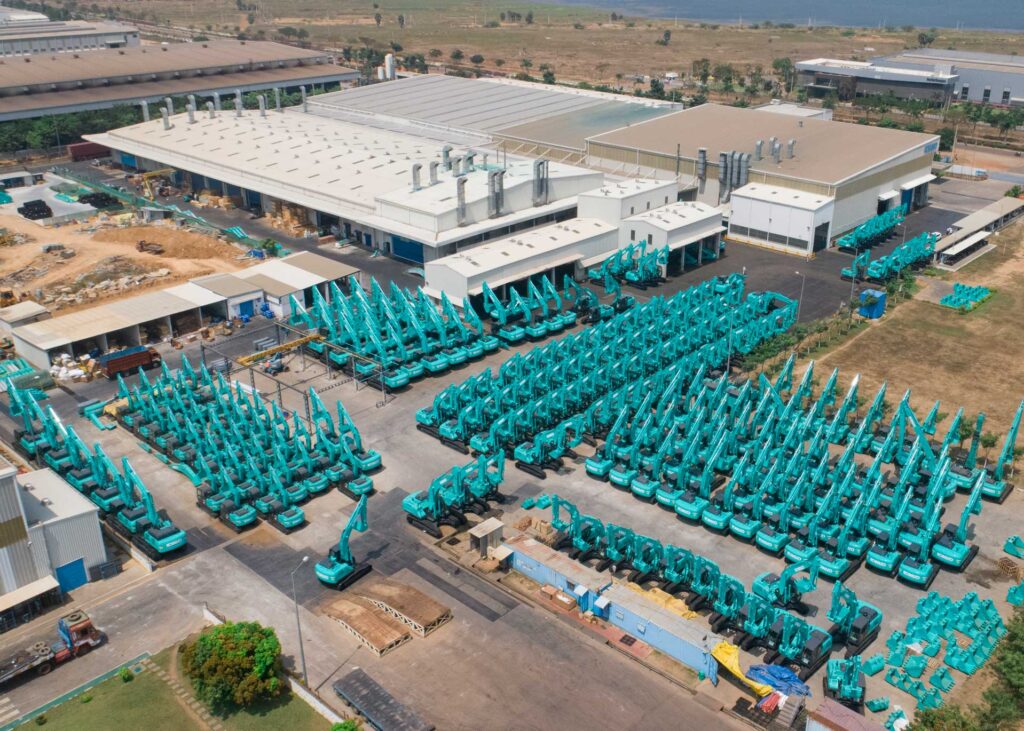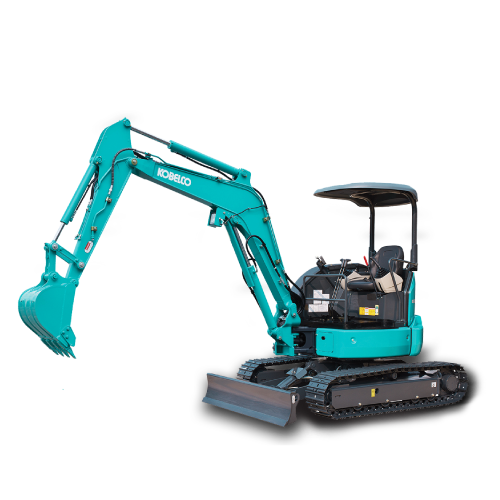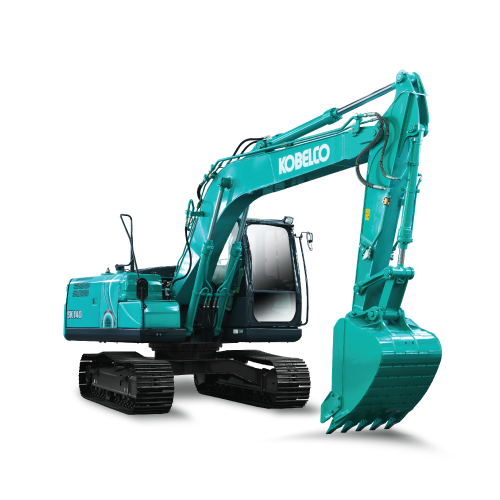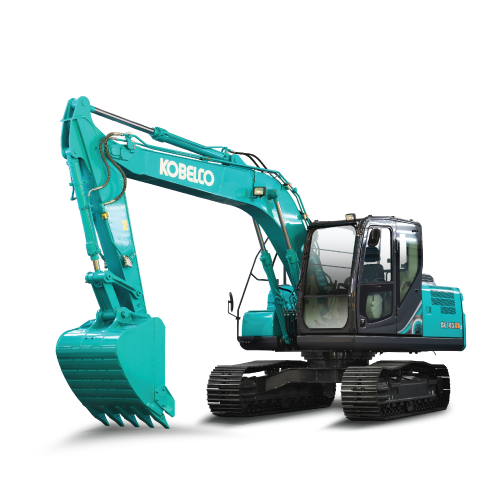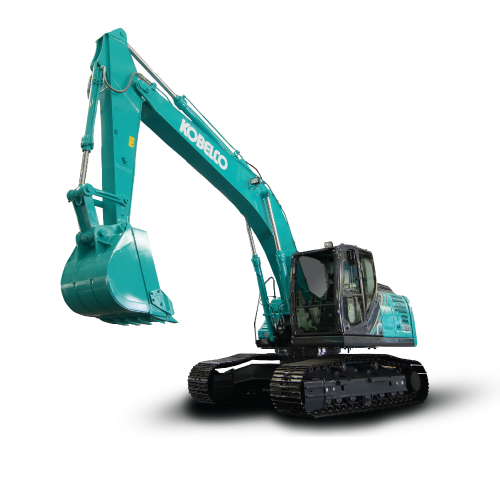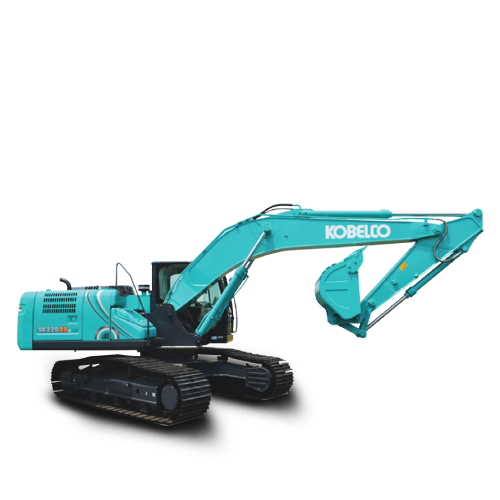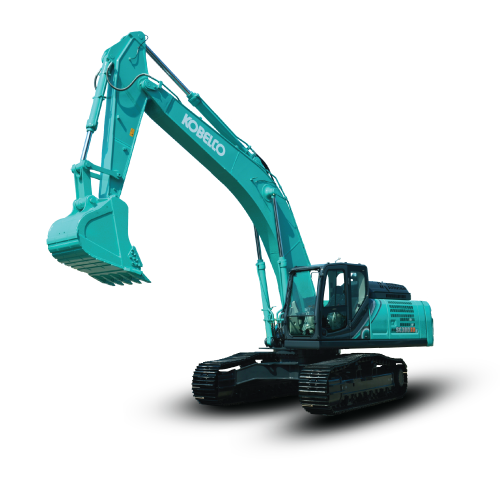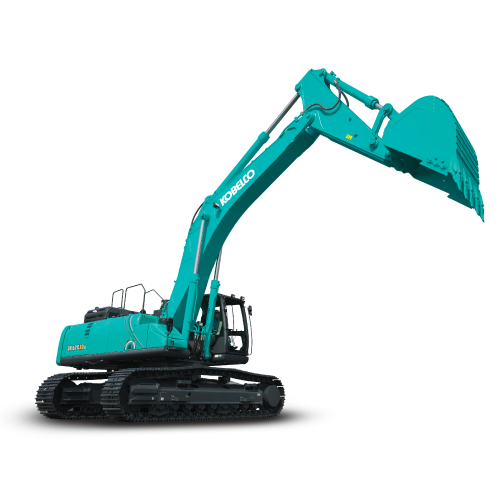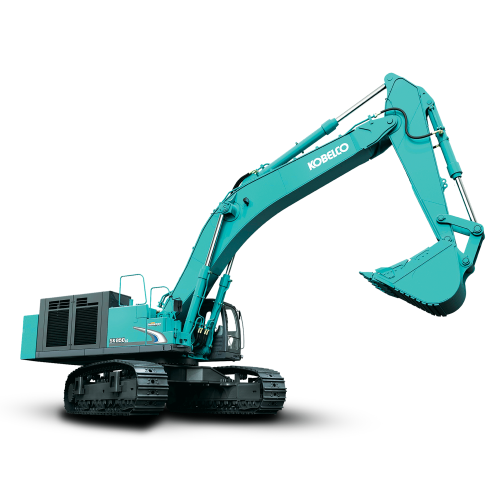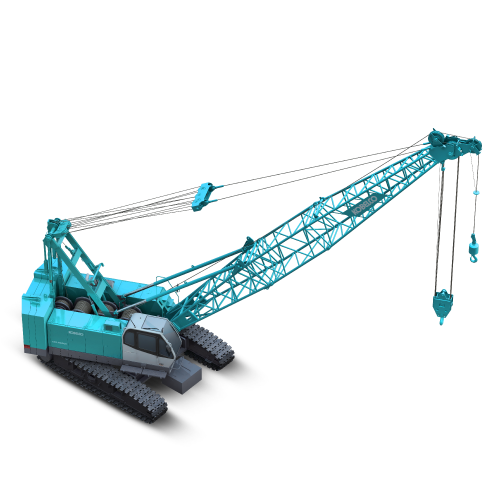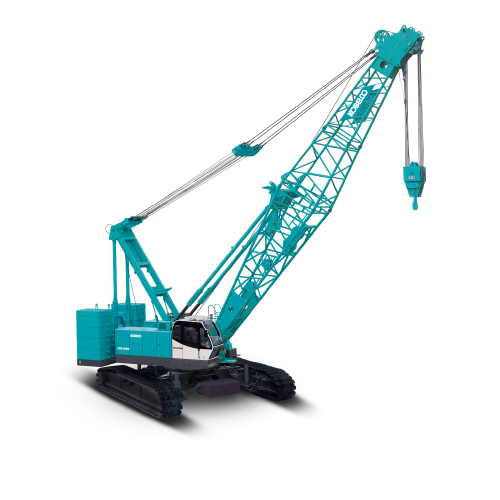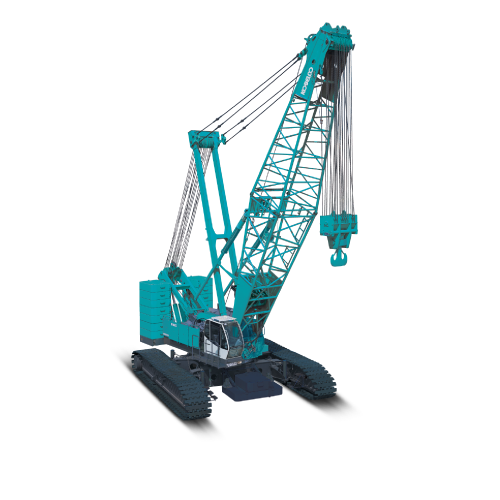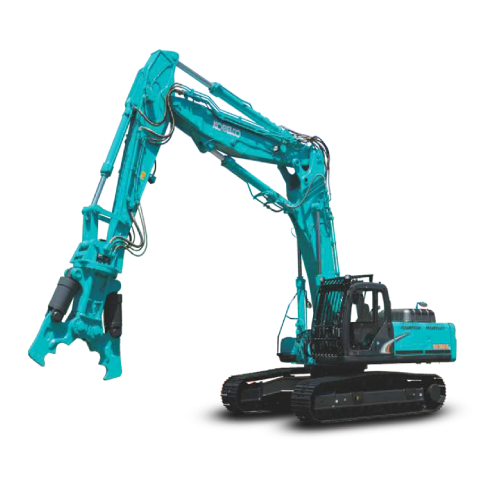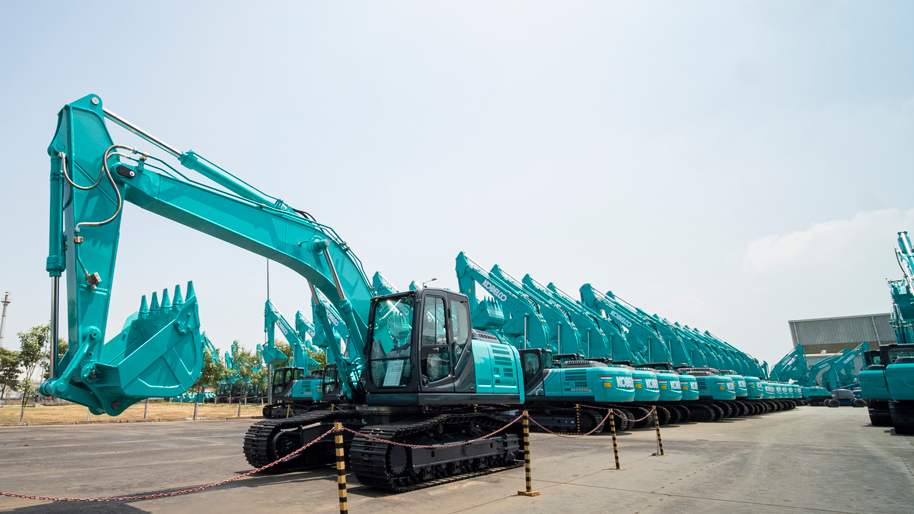
The Genesis of Excavators
The roots of excavators trace back to ancient times when manual labor and basic tools dominated excavation. However, the pivotal moment in the history of excavators occurred in 1839 when William Otis received a patent for the design, marking the initial steps towards mechanization. The 19th century saw a significant leap with the invention of steam shovels, introducing a new era of excavation.
Hydraulic Revolution
In the 1950s, a French construction manufacturer rolled out the first excavators powered entirely by hydraulics, eliminating the need for winches and cables. In this era, the world saw the introduction of the first excavator capable of 360-degree rotation powered entirely by hydraulic technology. This breakthrough innovation transformed the industry, allowing for more precise and efficient digging. By the mid-20th century, hydraulic excavators had replaced cumbersome cable-operated counterparts, revolutionizing the construction landscape.
Mini Excavators: Small Size, Big Impact
As construction sites became more constrained, the demand for compact and versatile equipment grew. Then, the 1960s saw the birth of mini excavators as manufacturers recognized the need for more maneuverable machines and began experimenting with compact hydraulic-powered machinery.
These compact hydraulic-powered marvels were initially designed for light construction and utility projects as a perfect solution for navigating tight spaces without compromising digging power. The 1970s brought technological leaps, with the integration of hydraulic attachments enhancing versatility. By the 1980s, mini excavators had gained popularity with improved hydraulic systems, providing higher digging forces and fuel efficiency, which made them a staple in urban construction projects.
GPS and Automation Integration
In the 21st century, excavators embraced cutting-edge technologies like the Global Positioning System. The GPS integration enabled precise digging and grading, optimizing efficiency and accuracy. In the early 2000s, automation features, such as auto-bucket control and depth sensors, emerged to further enhance the operator's capabilities and make excavators more user-friendly and productive.
By leveraging satellite positioning data, excavators could precisely navigate construction sites, optimizing the execution of tasks with unprecedented efficiency. These advancements not only streamlined excavation processes but also contributed to a significant boost in user-friendliness, making excavators more accessible and productive for operators.
Eco-Friendly Innovations
In the late 2000s, a monumental shift occurred in the construction landscape with the introduction of the world's first eco-friendly excavator technology. Hybrid and electric excavators, pioneers in sustainable construction equipment, made their debut. This groundbreaking innovation marked a crucial step towards reducing carbon footprints and minimizing fuel consumption. The advent of these environmentally conscious alternatives showcased the industry's commitment to adopting green practices and fostering a more sustainable future in construction.
Intelligent Control Systems
Recent advancements in 2010s excavator technology include intelligent control systems that enhance performance and safety. The revolutionary system integrating intelligent control for grading functions like collision avoidance, load monitoring, and predictive maintenance contributes to a smoother and more secure operation. These innovations not only protect the machinery but also ensure the well-being of the operators and promise to deliver increased productivity with unmatched efficiency.
As we reflect on the transformative journey of excavator construction machinery, it's evident that brands like Kobelco Excavators have been at the forefront of these innovations. The fusion of hydraulic power, automation, GPS technology, and environmental consciousness has propelled excavators, including Kobelco Excavators, into an era of unparalleled excellence, where construction is not just about building structures but also about building a sustainable and technologically advanced world.
